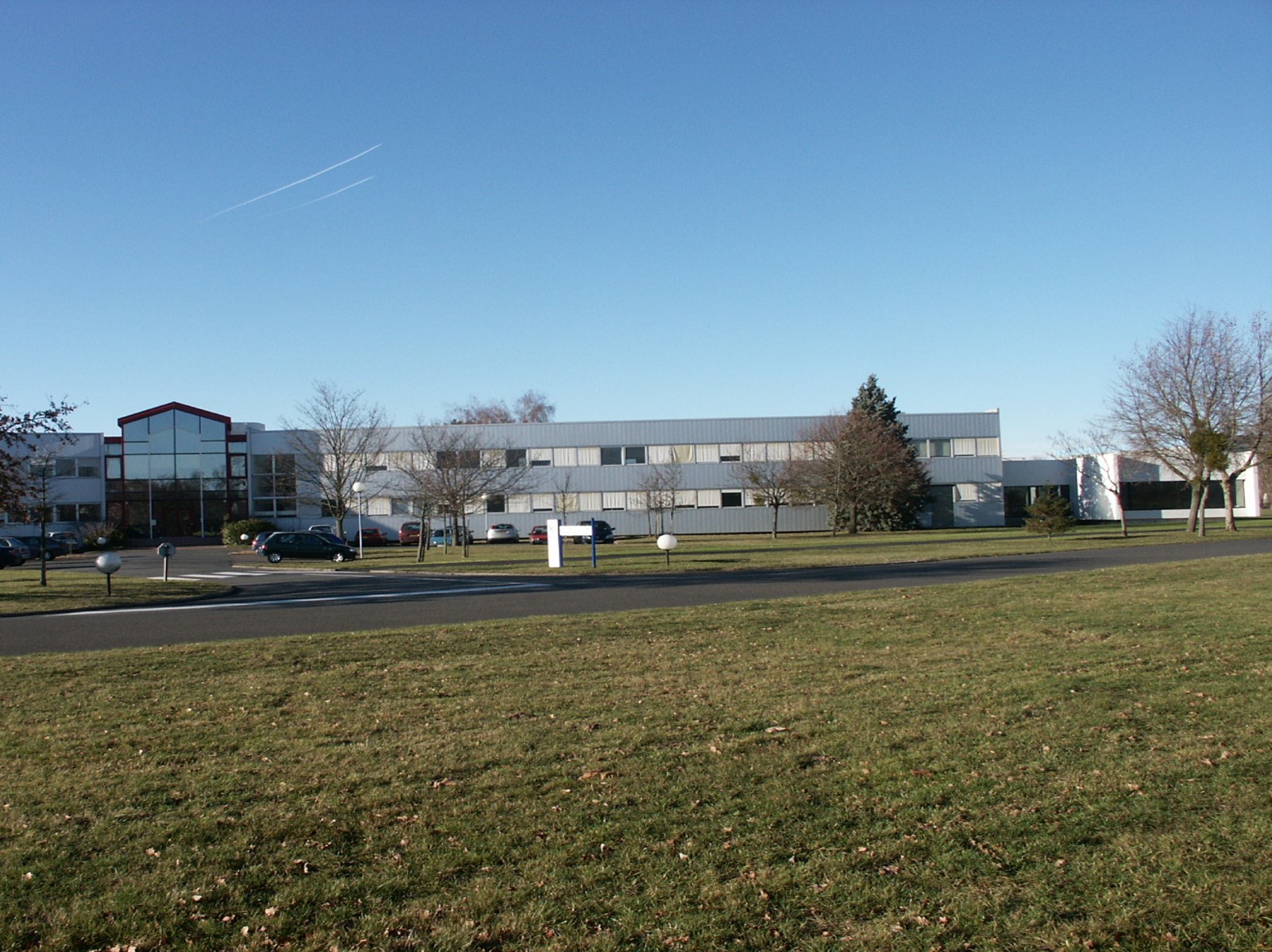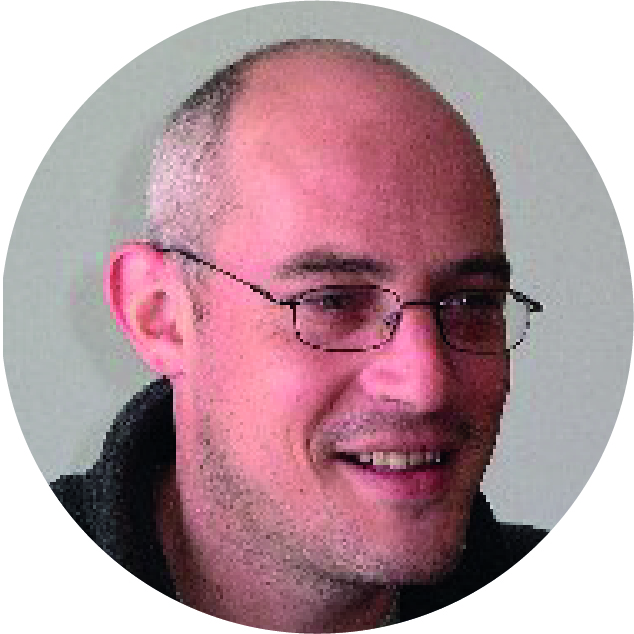Description of the Research Infrastructure

The CEMHTI laboratory (Materials and Extreme Conditions: High Temperature and Irradiation) in Orléans is a research unit of the National Chemistry Institute of CNRS (UPR 3079) associated with the university of Orléans. The NMR group of CEMHTI is operated by internationally recognized groups (about 20 scientists) working on a range of interdisciplinary problems from energy to earth science. The CEMHTI hosts 6 wide bore solid-state NMR spectrometers of frequency 200, 300, 400 (x2), 750 and 850 MHz with several of them offering specific capabilities within the consortium.
Expertise
The CEMHTI laboratory has expertise in the structural and dynamic characterization of complex chemical systems, including heterogeneous catalysts, glasses, batteries and lighting materials, biomaterials, inorganic-organic photo-conducting devices, rocks and minerals
High-temperature NMR of solid and molten materials:
A variety of industrial processes undergoes a high temperature step or has to work with molten materials (production of glass, cements, steel, aluminum, etc.) and the knowledge of the very high temperature chemistry is therefore of key interest. Over the last two decades, the Orléans’ site has been involved into the development of specific experimental setup allowing in-situ under static conditions NMR measurements over a wide temperature range: from room temperature up to 1400°C when the sample is contained in a crucible or up to 2400 °C under aerodynamic levitation conditions. Those technological achievements allow the chemical description of salts and oxide materials in their high-temperature molten state as well as around their glass transition temperature. More recently an additional dynamical characterization has been added by performing Pulsed Field Gradient experiments on molten salts and borates leading to the in-situ measurements of self-diffusion coefficients. These NMR measurements now form an experimental basis which can be confronted to Molecular Dynamic simulations which also describe high-temperature states.
Magnetic resonance imaging and spatially resolved spectroscopy of materials:
Magnetic Resonance Imaging (MRI) is a well-known non-invasive medical imaging technique widely employed in radiology to visualize the internal structure of the soft tissues through the observation of the intense and narrow resonance of hydrogen atoms of water molecules of the body. However, the intrinsic broadening of the NMR resonances in the solid-state strongly affects both sensitivity and spatial resolution making still challenging the application of MRI to characterize the microstructure of materials. Over the last few years, the Orléans’ site was involved into the development of MAS MRI and MAS localized NMR spectroscopy at very high magnetic field to overcome these drawbacks. This approach allowed the acquisition of 3D chemically selective images (e.g. 31P, 1H, …) of materials and biological rigid solids with a spatial resolution in the range 200-50 µm, revealing details of their microstructures and thereby opening new ways for a chemically selective characterization of the microstructure of numerous composite materials.
Spectrometers open to access
850 MHz, 750 MHz, 200 MHz
The 850 and 750 MHz NMR spectrometers, each equipped with a variety of triple resonance MAS probes and low-frequency MAS and static probes, are geared toward the application high-resolution solid-state NMR to material science. These spectrometers are also equipped with laser heating static probes offering the unique capability worldwide to perform high temperature (up to 1400 °C) NMR measurements at very high magnetic field. In addition, the 750 MHz spectrometer is currently been equipped with a unique laser heating MAS prototype probe allowing acquisition of MAS spectra (4 kHz spinning rate) over a temperature range from 25 to 700 °C. Finally, the 750 MHz spectrometer also possesses a 3-axis pulsed field gradient system (150 G/cm/axis) allowing performing diffusion coefficient measurements, spatially resolved NMR spectroscopy and 3D micro imaging for rigid and soft materials under static and MAS conditions at very high magnetic field.
Besides these two very high field NMR machines, the Orléans facility offers access to a range of unusual accessories and equipment. This includes a 200 MHz spectrometer equipped with a very fast MAS probe (up to 67 kHz), dedicated to the study of paramagnetic materials. This combination of relatively low magnetic field with very fast MAS provides efficient averaging of anisotropic paramagnetic broadenings such as those observed for positive electrode materials of Li-ion batteries. A specific electrochemical cell was also developed on this spectrometer to perform in situ operando NMR spectroscopy and imaging measurements for batteries and supercapacitors.
Meet the team!

Franck FAYON
Director of CEMHTI / Platform manager






